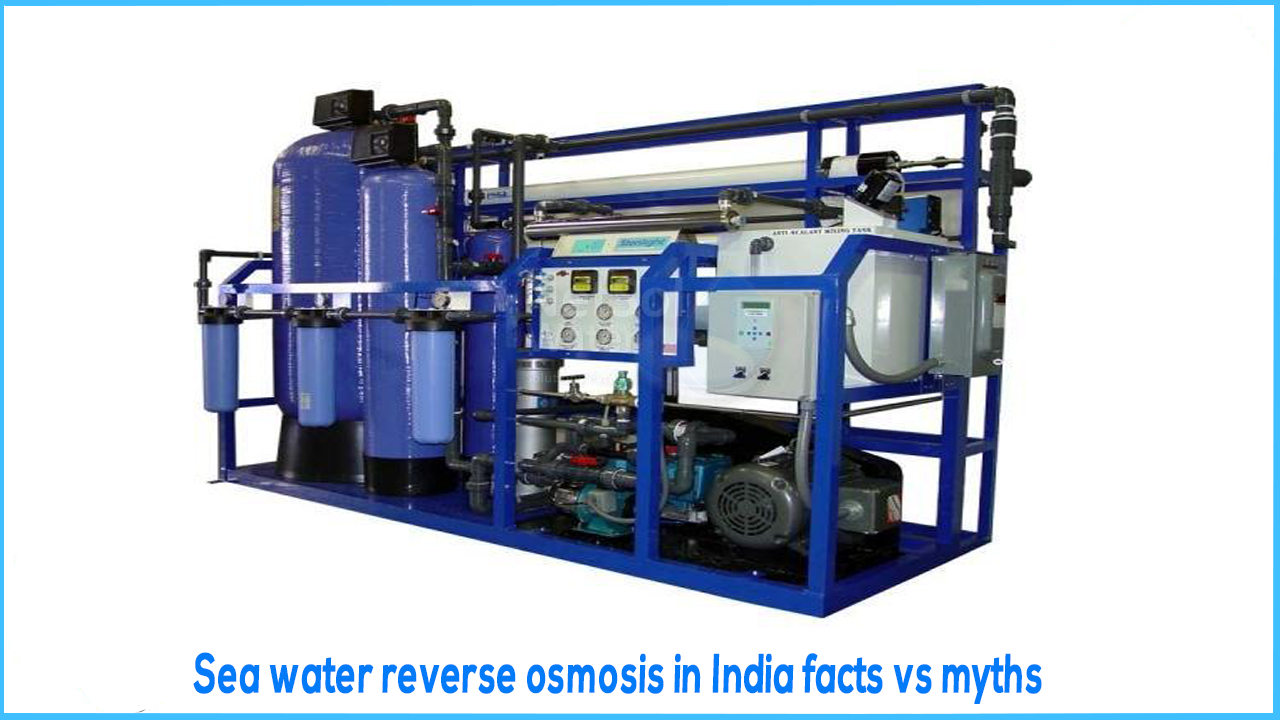SEA WATER REVERSE OSMOSIS
Reverse osmosis cannot be observed in many common situations. Reverse osmosis was initially mentioned as a possibility in the 1950s, when researchers were looking for a way to desalinate ocean water. They discovered that increasing pressure to the salty side may produce more fresh water, but the amount produced was insignificant and useless on a practical scale. It is also utilised for recycling.
FACTS VS MYTHS
FACTS
- 1. Modular Systems: To cut down on capital expenses, modular systems are designed to be compact and simple to move and install.
- 2. Expansion of drinking water sources: Desalination is propelled by this power. It's crucial to be more environmentally conscious about the quality of our current water sources, but alternatives are also necessary when they're available. The ocean, by the way, is a very large alternative.
- 3. Very pure water
- 4. Higher Yield
MYTHS
- 1. Filtered water will attack the body
- 2. Other technologies are just as efficient
CONCLUSION
Water quality is continuing to deteriorate around the world due to increased demands on natural water sources. In these times many get confused about the originality of the water produced after the process of reverse osmosis. The facts and myths about the same create more confusion.
Seawater reverse osmosis systems are designed to decline more than 99% of saline compromised within the feed water. These systems also incorporate a rinsing, chemical purifying apparatus to eliminate sodium chloride, avert scaling, and preserve system performance.




